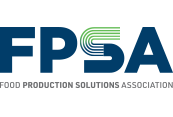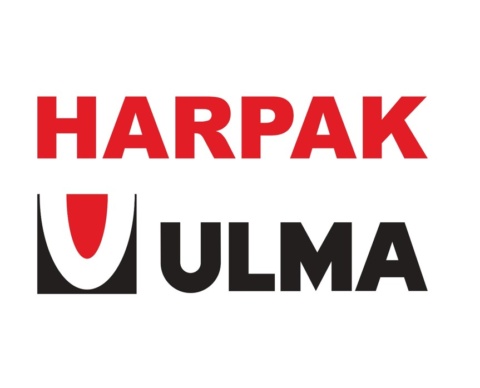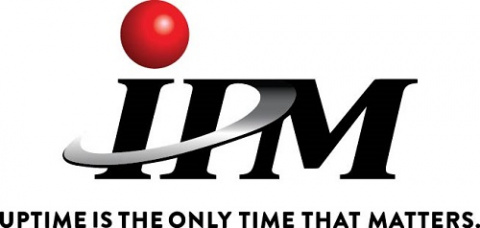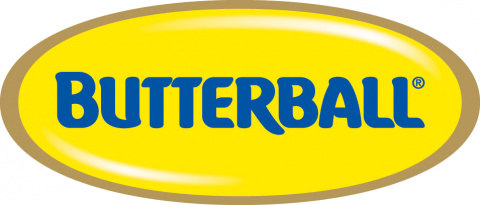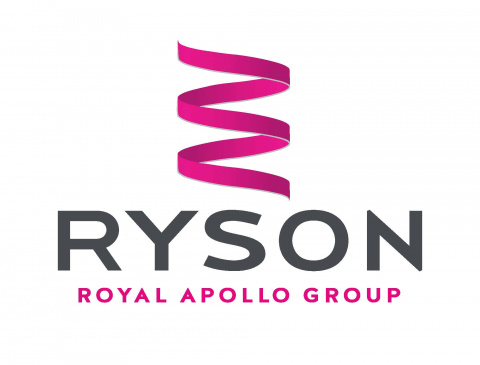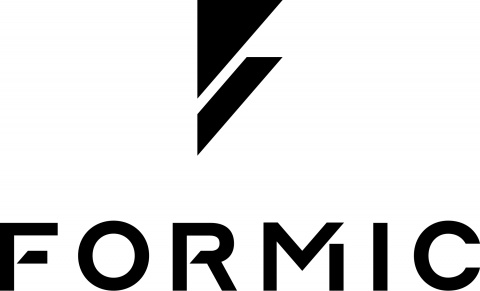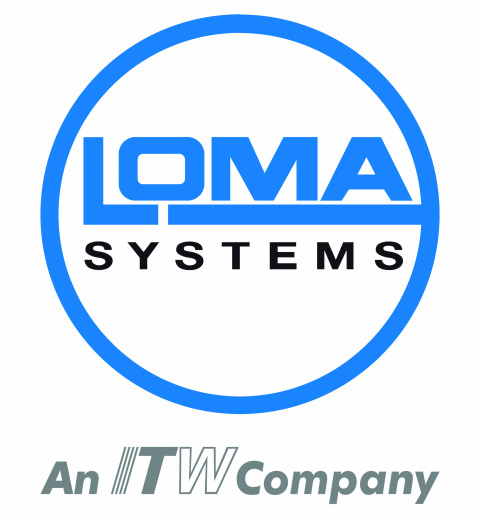
Niveditha Ravishankar | Original Post
Key Takeaways:
-
Regulatory and consumer pressure are rising: U.S. regulators are moving to phase out synthetic dyes like Red No. 3 and others, while 64% of consumers now prefer clean-label products with natural colors — making reformulation a growing expectation, not a choice.
-
Natural colors present opportunities and challenges: Ingredients like beet extract and turmeric offer viable natural alternatives, but require innovation to overcome formulation issues like stability, fading, and higher costs.
-
Proactive reformulation is a competitive advantage: Transitioning now positions brands to meet evolving health and transparency standards, tap into a $4B natural color market by 2035, and lead in consumer trust.
From the vibrant reds in gummies and cereals to the signature hue of red velvet cake, artificial dyes have played a major role in shaping the look of American food since the early 1900s. Over the past few decades, concern from consumers and regulators in both North America and Europe has grown, prompting the industry to move away from synthetic colors.
More recently, the U.S. Department of Health and Human Services and the FDA proposed new steps to phase out petroleum-based dyes from food products. In the near term, they plan to revoke approval for Red No. 2 and Orange B. Longer-term efforts are focused on removing FD&C Green No. 3, Red No. 40, Yellow No. 5, Yellow No. 6, Blue No. 1, and Blue No. 2. There is also growing urgency around eliminating FD&C Red No. 3 even earlier than the originally proposed timeline of 2027 or 2028. Alongside these regulatory changes, the National Institutes of Health is working with the FDA to better understand how artificial dyes may affect children’s health, which remains a top concern for parents and pediatricians.
What is causing this shift?
Consumer preferences play a central role in this shift. The International Food Information Council found that 64% of consumers choose foods made with clean ingredients, which most define as containing nothing artificial or synthetic. And more than a third (35%) said they seek products with naturally-sourced colors. As a result, manufacturers are under increasing pressure to respond to these expectations and reformulate products with cleaner, more transparent ingredients.
What does it mean for food manufacturers?
While the FDA’s initiative is currently voluntary, food companies are expected to take action. Reformulating with natural colors is quickly becoming less of an option and more of a necessity. This shift is also fueling growth in the natural food colors market, which is expected to double from $2 billion today to $4 billion by 2035. The beverage industry is predicted to lead this transition, with nearly 39% of products already moving toward natural coloring in juices and functional drinks.
Natural alternatives such as beet extract, turmeric, and spirulina offer promising solutions, but they also come with technical challenges. These ingredients are more sensitive to temperature, pH, and light, making them less stable in some formulations. They also tend to fade faster and can cost more than synthetic options.
Despite these hurdles, the outlook remains promising. With increasing consumer demand, a willingness to pay more for clean label products, and ongoing research into better extraction and stabilization methods, natural colors are becoming more practical across a wider range of applications.
Now is the time for manufacturers to reassess their color systems. Reformulating with natural ingredients is not just about meeting guidelines. It is a way to align with consumer expectations and lead the way in a more transparent and health-conscious consumer base.
